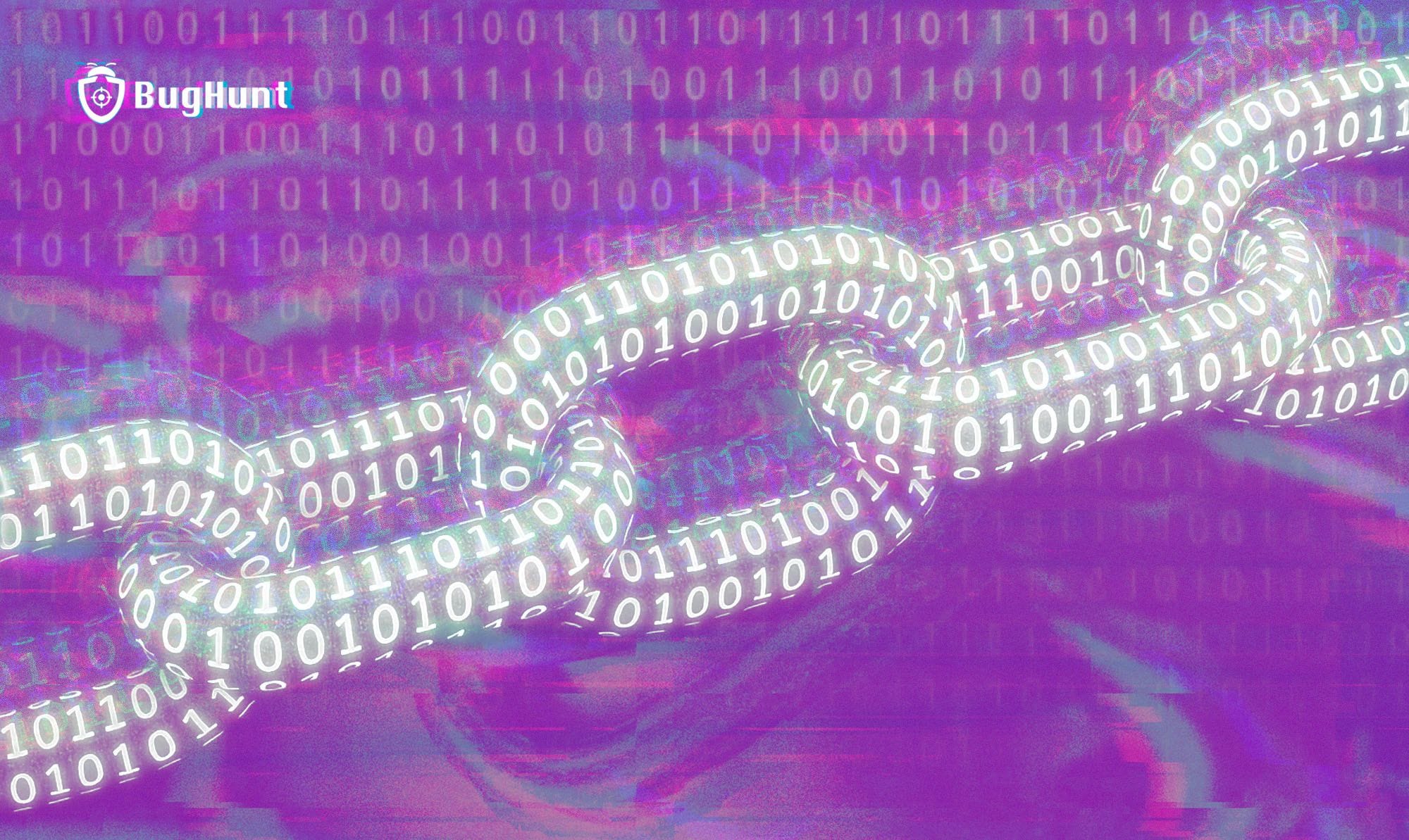How the Cyber Kill Chain Can Protect Your System

When we talk about cybersecurity, a common mistake is to imagine that attacks happen randomly, chaotically, or in a completely unpredictable way. The truth is different: cyberattacks follow patterns. There’s a process, a logic—almost a script. And it’s precisely this "script" that the Cyber Kill Chain reveals.
In this article, you’ll understand what this model is, how it works in practice, and why it could be the key to protecting your company more efficiently.
What is the Cyber Kill Chain?
Created in 2011 by one of the world’s largest aerospace companies, Lockheed Martin, the Cyber Kill Chain model identifies the stages of a cyberattack to provide insight into the typical tactics and techniques used at each step. The goal is simple: identify, disrupt, and neutralize threats before they cause real damage.
The great advantage of the model is that it allows security teams to intervene at any stage to stop the attack cycle. And the earlier the response, the lower the impact of the attack.
What are the stages?
The Cyber Kill Chain organizes the phases of a cyberattack to reveal how attackers think and act. The stages are:
- Reconnaissance Everything begins with information gathering. The attacker observes the target from a distance, seeking details about systems, networks, devices, and even user behavior. Tools like search engines, public data analysis, and infrastructure mapping are used to create a clear picture of the attack surface. The goal here is to identify vulnerabilities before making any move.
- Weaponization With information in hand, the attacker prepares their tools. This could involve creating custom malware, selecting known exploits, or crafting disguised files that, when executed, exploit specific weaknesses.
- Delivery Time to put the plan into action. The attacker sends the malicious payload through seemingly harmless channels, such as phishing emails, disguised attachments, compromised links, or even fake software updates.
- Exploitation Once the payload is delivered and executed, the attacker takes advantage of system vulnerabilities or human error to move laterally from one system to another. This is when the initial barrier is breached.
- Installation With initial access secured, the attacker installs malware to gain control over more systems and accounts.
- Command and Control (C2) A communication channel is established with the compromised system. This connection—often encrypted and stealthy—enables the attacker to remotely control the environment: moving files, monitoring users, and spreading the attack to other machines.
- Actions on Objectives With everything under control, the attacker moves on to the main objective: stealing data, disabling services, hijacking systems, or spying on confidential information. This is the final stage of the attack.
How the model helps detect cyberattacks
The Cyber Kill Chain guides cyber defense practices. By understanding which stage the attacker is in, it’s possible to implement more precise countermeasures—from monitoring suspicious reconnaissance activity to blocking command and control channels used by already installed malware.
This approach transforms a company’s security posture. Instead of merely reacting to incidents, teams begin to anticipate and prevent attacks based on adversary behavior.
And this is where one of the key components comes in: Cobalt Strike.
Cobalt Strike and its role in the Kill Chain
Cobalt Strike is a legitimate penetration testing tool—but it has been embraced by cybercriminals. Due to its ability to simulate real-world attacks, it's widely used in phases such as reconnaissance, exploitation, and actions on objectives.
In practice, Cobalt Strike enables the creation of backdoors, exploitation of vulnerabilities, and stealth communication with compromised machines. An attacker proficient in this tool can move laterally across the network, collect sensitive data, and evade detection for long periods.
Understanding how Cobalt Strike fits into the Cyber Kill Chain is critical for identifying malicious behavior patterns and responding quickly.
Real-world examples of the Kill Chain in action
Imagine a realistic scenario: a financial company faces an attempted intrusion.
- Reconnaissance: The attacker scans the network and analyzes emails exposed on public platforms.
- Weaponization: They create a payload using Cobalt Strike that exploits a known vulnerability in the company’s email server.
- Delivery: A malicious attachment disguised as a financial report is sent.
- Exploitation: An employee opens the file and executes the code.
- Installation: Malware is silently installed on the system.
- Command and Control: Cobalt Strike establishes an encrypted channel to the attacker’s server.
- Actions on Objectives: Sensitive data is extracted and transferred to a remote server.
If the security team had been attentive during the reconnaissance phase, they could have blocked the scanning IP. If they were monitoring C2 channels, they could have isolated the compromised device. Each point in the chain is a window of opportunity for defense to act.
The strategic advantage of the Kill Chain for companies
Beyond helping detect and mitigate attacks, the Kill Chain also contributes to the maturity of the security team. By analyzing intrusion attempts based on the seven stages, teams can identify gaps, strengthen processes, and train faster response capabilities.
Companies that adopt this model gain a more holistic view of security. They stop relying solely on firewalls and antivirus software and start acting proactively, strategically, and based on intelligence.
The Cyber Kill Chain is more than just a defense model—it’s a strategy for digital survival.

